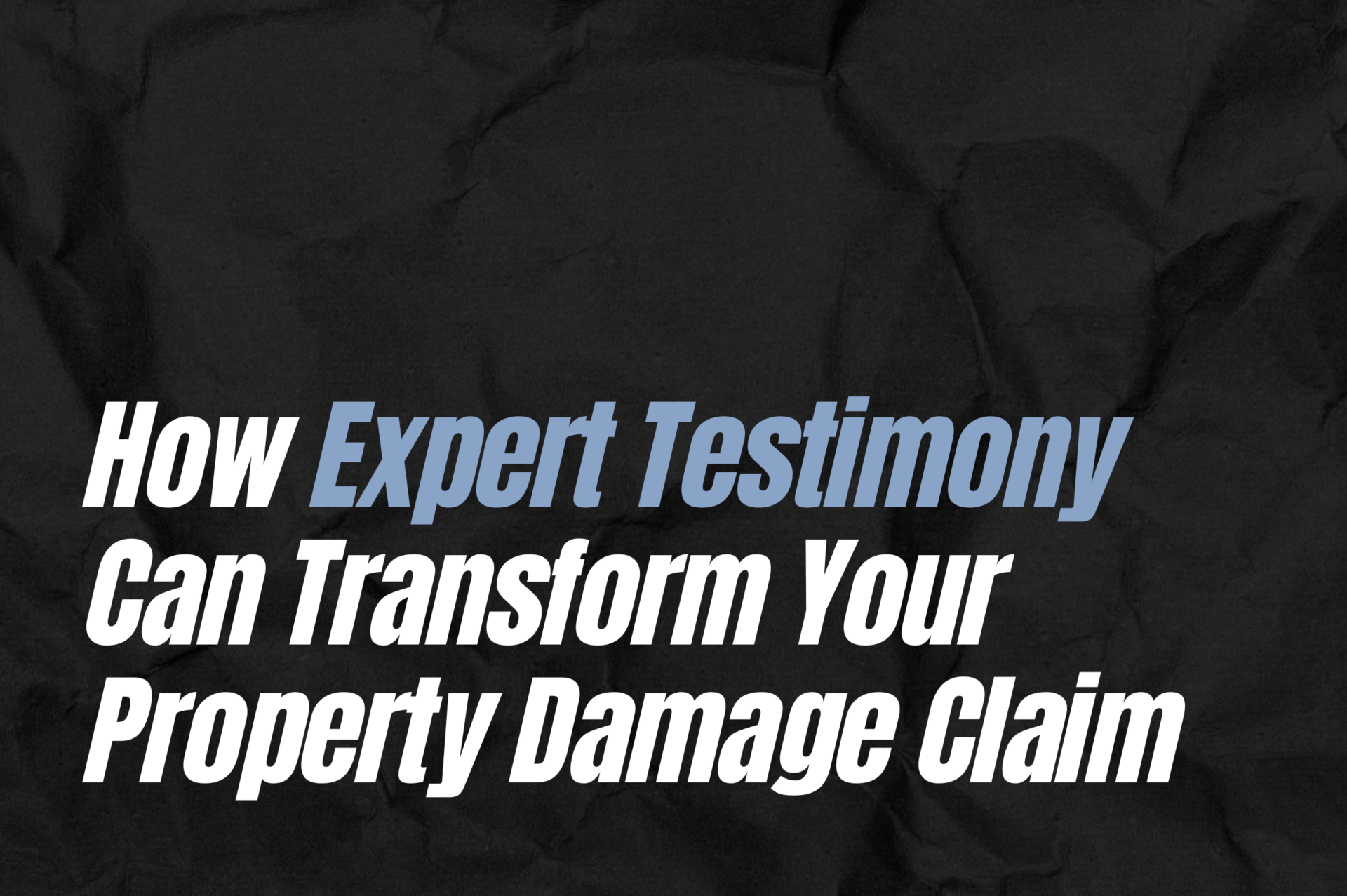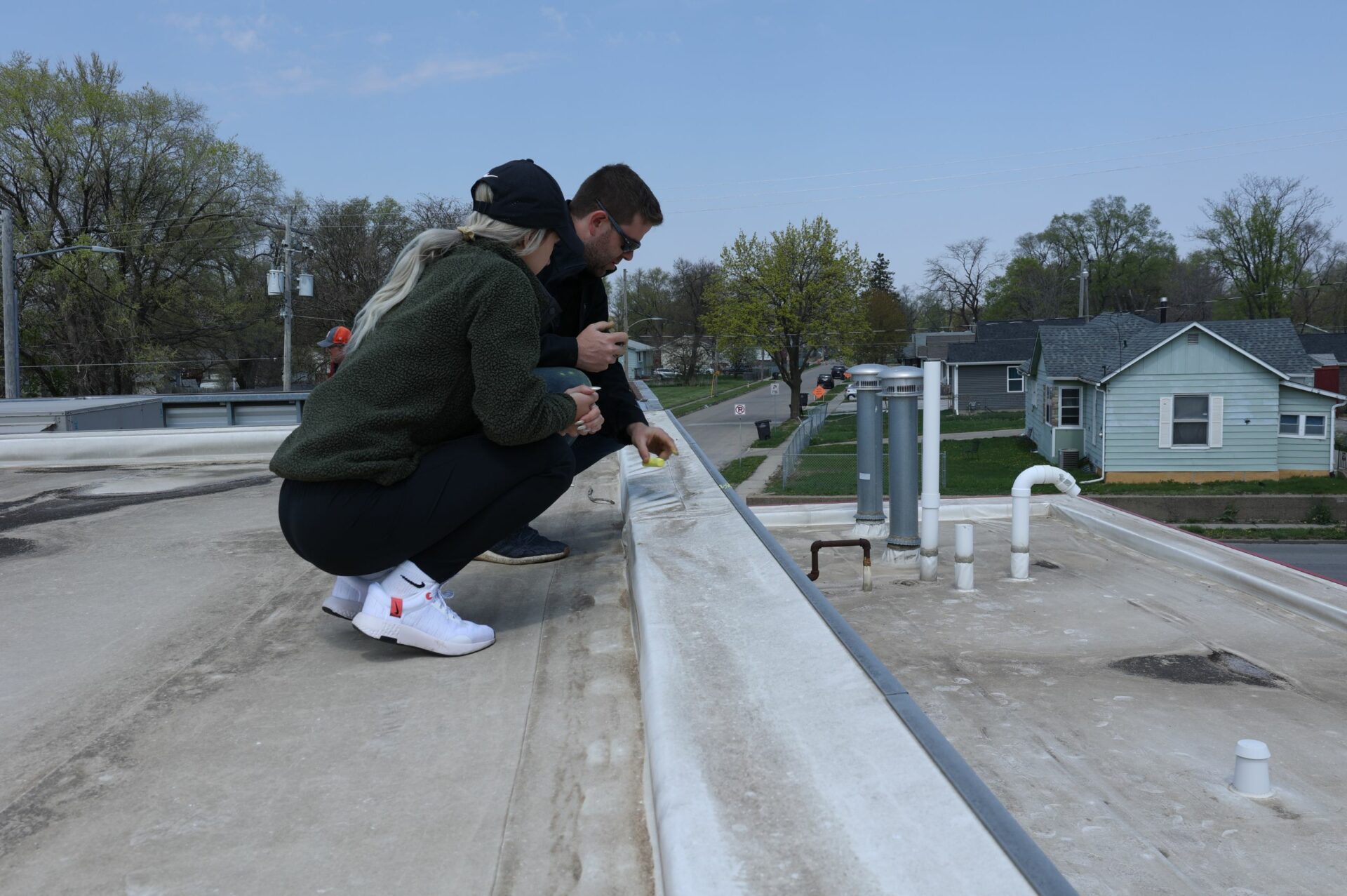Expert Testimony: The Game-Changer in Property Damage Claims
When a storm wreaks havoc on your property, the last thing you want is your insurance claim to get tangled in a web of technicalities. Yet, when it comes to disputes over the cause of damage, courts and insurance carriers increasingly rely on one powerful tool: expert testimony.
This crucial element can make or break your claim, especially in complex cases like hail damage or structural issues. Let’s dive into what expert testimony is, why it matters, and how it can give you the upper hand in your insurance claim.
What Is Expert Testimony?
Expert testimony is a professional opinion given by someone with specialized knowledge or expertise in a particular field. In property damage claims, these experts might include:
-
-
- Engineers: To assess structural integrity or cause of damage.
- Meteorologists: To verify weather conditions during a storm.
- Forensic Inspectors: To analyze physical evidence of damage.
-
Unlike a contractor’s assessment, which may focus on repair costs, expert testimony provides scientific or technical analysis that courts and insurers trust to establish and support the root cause of damage.
Why Expert Testimony Is Vital in Insurance Claims
1. Credibility in Court
When disputes escalate to legal battles, judges and juries often rely on experts to clarify technical matters. Their testimony generally carries more weight than opinions from lay witnesses, such as contractors or homeowners.
2. Scientific Precision
Experts use tools, data, and methodologies to analyze damage, providing evidence that is difficult for insurers to refute. For example, a forensic engineer might identify patterns consistent with hail impact, ruling out wear and tear as the primary cause.
3. Leveling the Playing Field
Insurers often have their own experts to support claim denials. Having a qualified expert on your side ensures you’re not outmatched when technical arguments arise.
When Do You Need Expert Testimony?
Not every claim requires an expert, but certain scenarios make their involvement indispensable:
-
-
- Disputed Causes of Damage: If the insurer argues that wear and tear, not hail or wind, caused the damage.
- High-Stakes Claims: When the cost of repairs or replacements is significant, insurers are more likely to contest the claim.
- Complex Damages: Cases involving structural issues or multiple potential causes of loss.
-
The Role of Public Adjusters in Securing Experts
Navigating an insurance claim can feel overwhelming, especially when technical disputes arise. That’s where public adjusters, like Premier Claims, can be a great ally.
Our team collaborates with top-tier experts to:
-
-
- Document damage thoroughly before repairs begin.
- Provide expert testimony that aligns with your claim.
- Counter the insurer’s evidence with credible, fact-based analysis.
-
By combining the expertise of engineers, forensic scientists, and adjusters, we build a strong case that leaves no room for insurers to deny your claim unjustly.
What to Look for in an Expert
If your claim requires expert testimony, here’s what you should expect:
-
-
- Credentials: Verify their qualifications, including education and professional licenses.
- Experience: Choose experts with a proven track record in similar cases.
- Objectivity: Ensure they provide unbiased, evidence-based opinions.
-
Take Control of Your Claim
The days of relying solely on contractor opinions are behind us. As courts and insurers place more emphasis on scientific evidence, expert testimony has become a non-negotiable asset in many property damage claims.
At Premier Claims, we’ve got the network, the expertise, and the determination to fight for what you’re owed. Don’t let technical disputes derail your claim—let us handle the heavy lifting.
Contact Premier Claims today!
"*" indicates required fields






